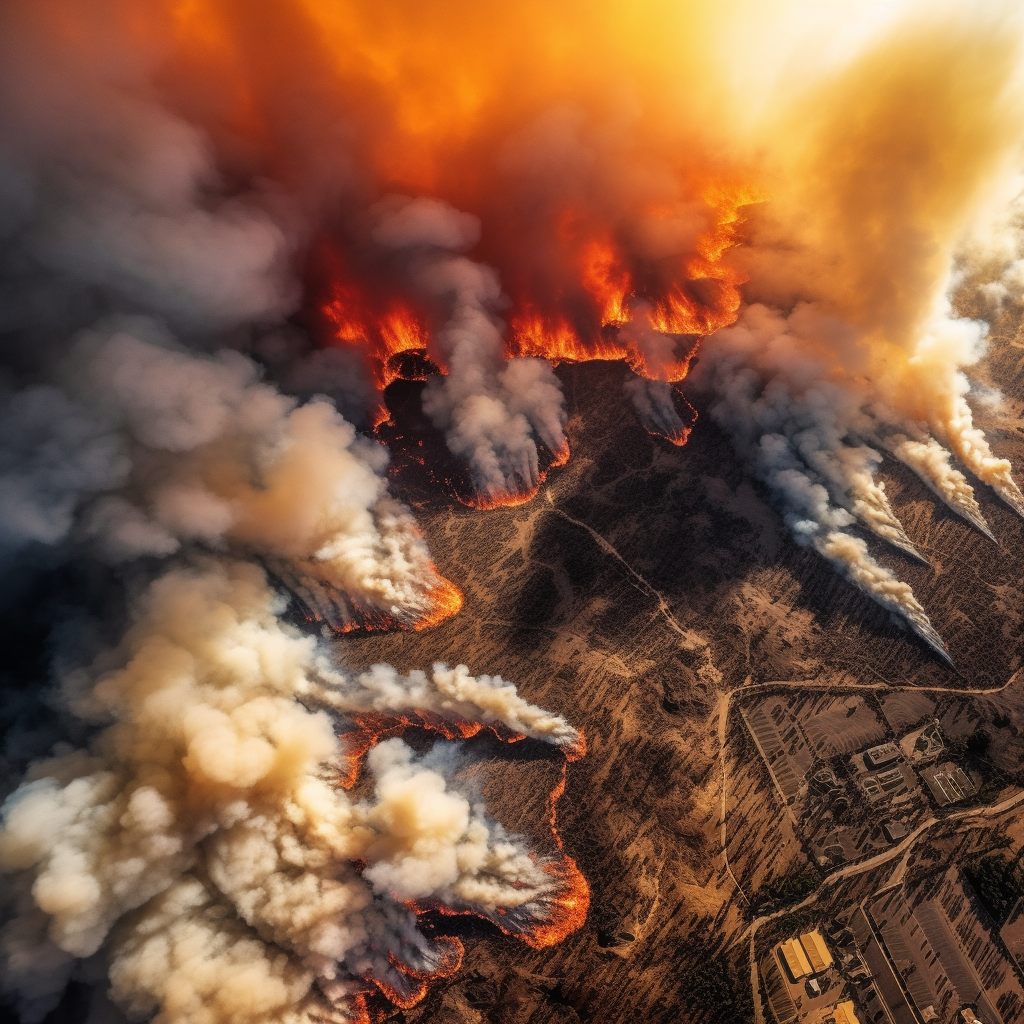June 25, 2024
Wildfire Intensity Rising – A Global Climate Emergency
Book a Demo
Extreme wildfires have seen a dramatic surge in both frequency and magnitude over the past two decades, largely due to the escalating effects of climate change. This alarming trend has been highlighted in a recent study published in “Nature Ecology & Evolution.” What makes this more concerning is the fact that the six most extreme fire years have all occurred since 2017, illustrating a sharp increase in the intensity and scale of these fires.
The 2019 and 2020 wildfires in Australia serve as a stark example of this upward trend. Despite an overall decrease in the global area affected by wildfires, there has been a 2.2-fold increase in extreme wildfire events since 2003. This rise in extreme events has led to severe ecological and societal impacts, with the intensity of the blazes causing significant damage to both the environment and human communities.
The rise in night-time temperatures is a contributing factor to the maintenance of wildfire intensity overnight. This poses an increasing challenge for fire suppression efforts, as the fires become more difficult to control and extinguish.
The regions most impacted by these extreme wildfires include North America, Australia, Oceania, and the Mediterranean. Particularly affected are the conifer and boreal forests in North America and Russia. These forests are experiencing an unprecedented increase in the frequency and intensity of wildfires.
The world appears to be unprepared for the increasing intensity of these wildfires. Blazes are happening in the hottest year on record, from North America to Europe, indicating a global trend that requires urgent attention and action.
Experts argue that more investment is required in preventative measures to tackle these increasingly extreme wildfires. Such measures could include controlled burns, vegetation removal, and establishing firebreaks. These actions could help to mitigate the risk and impact of wildfires, protecting both people and the environment.
The health consequences of wildfires are also severe. Nearly 16,000 excess deaths each year in the U.S. are attributed to smoke exposure from wildfires. If emissions continue to increase, this number is predicted to rise to 28,000 by 2050.
The increasing frequency and intensity of wildfires globally present an urgent and complex challenge. Immediate action is required, both in terms of preventative measures and efforts to combat climate change, in order to mitigate the devastating ecological and societal impacts of these events.
Science4Data is committed to cut through greenwashing and measure real impact. Join the journey to a sustainable future. Your actions matter.



